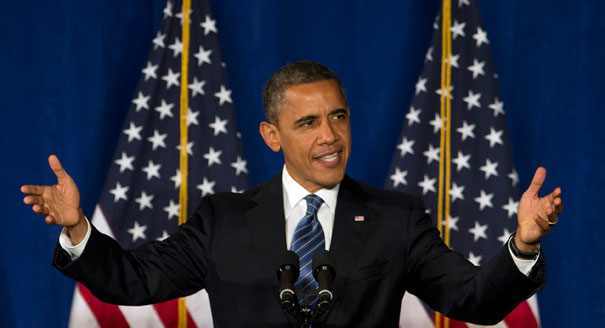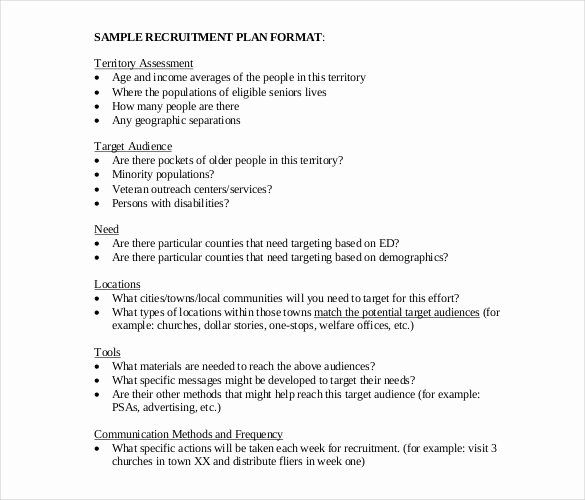How To Finish A Presentation?
Are you tired of feeling overwhelmed and uncertain when it comes to finishing a presentation? Do you often find yourself scrambling at the last minute, unsure of how to wrap up your thoughts and leave a lasting impression on your audience? Well, fret no more! In this guide, we will delve into the art of effectively concluding a presentation in English, providing you with practical tips and strategies to ensure that your closing leaves a lasting impact.
For many, the conclusion of a presentation can feel like a daunting task. It’s the final opportunity to drive home your key messages, inspire action, and leave a memorable impression on your listeners. But fear not, as we have you covered. Whether you’re giving a business pitch, a classroom presentation, or a public speech, the techniques and insights shared in this guide will empower you to confidently wrap up your presentation with finesse. So, let’s dive in and discover the secrets to delivering a powerful and unforgettable conclusion in the English language.
- Summarize your main points: Recap the key information you presented.
- Provide a conclusion: Offer a clear and concise ending to your presentation.
- Ask for questions: Encourage audience participation and address any queries.
- Thank the audience: Show gratitude for their time and attention.
- Offer contact information: Share your details for further communication.

How to Finish a Presentation?
When it comes to delivering a successful presentation, the conclusion plays a crucial role in leaving a lasting impression on your audience. A well-crafted ending can reinforce your main points, summarize key takeaways, and inspire action. Here are some steps to help you finish your presentation on a high note:
Step 1: Recap the Main Points
Before diving into the conclusion, take a moment to recap the main points you covered throughout your presentation. This serves as a helpful reminder for your audience and ensures that everyone is on the same page. Briefly summarize each key point, highlighting their significance and relevance to the overall topic. This will reinforce the main ideas and ensure that your audience remembers them even after the presentation ends.
Additionally, consider using visual aids such as slides or charts to visually represent the main points. This will not only make your recap more engaging but also provide a visual reference that helps reinforce the key messages.
Step 2: Provide a Call to Action
A great way to finish your presentation is by providing a clear call to action. This is an opportunity to motivate your audience to take specific steps based on the information you’ve presented. A well-defined call to action can encourage your listeners to implement your ideas, adopt a new perspective, or even support a cause.
Be specific when outlining the action steps you want your audience to take. Whether it’s signing up for a newsletter, sharing your presentation with others, or taking part in a specific initiative, make sure your call to action is clear, concise, and achievable. By providing a call to action, you not only create a sense of urgency but also give your presentation a purpose beyond the presentation itself.
Step 3: End with a Powerful Closing Statement
To leave a lasting impact, end your presentation with a powerful closing statement. This statement should encapsulate the essence of your talk and leave your audience with a memorable takeaway. Consider using a thought-provoking quote, a personal story, or a bold statement that summarizes the core message of your presentation.
Keep in mind that your closing statement should be concise yet impactful. It should evoke emotions, inspire reflection, or spark curiosity. By ending your presentation with a strong closing statement, you ensure that your audience walks away with a lasting impression.
Step 4: Engage in a Q&A Session
After delivering your closing statement, open the floor for a question and answer session. This allows your audience to seek clarification, share their thoughts, and engage in a conversation. Encouraging interaction builds rapport and fosters a sense of community, leaving a positive impression on your audience.
Prepare for potential questions by anticipating the areas of your presentation that may require further explanation. This will demonstrate your expertise and reinforce the credibility of your presentation. Be attentive and responsive during the Q&A session, ensuring that each question is addressed with clarity and respect.
Step 5: Express Gratitude and Provide Contact Information
Before concluding your presentation, express gratitude to your audience for their time and attention. A simple thank-you can go a long way in showing appreciation for their participation. Additionally, provide your contact information, such as your email address or social media handles, to encourage further engagement and follow-up.
By expressing gratitude and providing contact information, you create opportunities for continued communication and collaboration with your audience. This fosters relationships and allows for future interactions beyond the scope of your presentation.
Step 6: End with a Memorable Closing Slide
As a final touch, create a closing slide that summarizes the key points of your presentation and includes your contact information. This slide can serve as a visual anchor for your conclusion and provide a lasting visual reminder of your main messages.
Ensure that your closing slide is visually appealing, easy to read, and consistent with the overall design of your presentation. Use colors, fonts, and images that align with your topic and reinforce your branding, if applicable. This will leave a professional and cohesive impression on your audience.
Remember, the conclusion of your presentation is just as important as the introduction. By following these steps, you can finish your presentation effectively and leave a lasting impact on your audience.
Frequently Asked Questions
Below are some commonly asked questions about how to finish a presentation:
1. How can I summarize my main points effectively?
Summarizing your main points is crucial in order to leave a lasting impression on your audience. Here are two effective ways to do so:
Firstly, you can use a concise closing statement that reiterates your main ideas. This statement should be clear and memorable, allowing your audience to easily recall the key takeaways from your presentation.
Secondly, you can utilize visual aids such as a slide summarizing your main points. This visual representation can help reinforce the key concepts and make them more memorable for your audience.
2. What are some effective ways to end a presentation?
Ending a presentation on a high note is essential to leave a lasting impression. Here are two effective ways to do so:
Firstly, you can conclude with a call to action. This involves inspiring your audience to take specific actions based on the information you presented. By providing clear steps or suggestions for further engagement, you can motivate your audience to take action and make your presentation more impactful.
Secondly, you can end with a powerful quote or anecdote that encapsulates the main message of your presentation. This can leave your audience with a strong emotional connection and reinforce the key takeaways from your talk.
3. How can I engage my audience during the conclusion?
Keeping your audience engaged during the conclusion is crucial to ensure a memorable presentation. Here are two effective ways to do so:
Firstly, you can ask thought-provoking questions that encourage active participation. By prompting your audience to reflect on the main points you presented, you can stimulate their thinking and create a more interactive environment.
Secondly, you can incorporate multimedia elements such as videos or interactive slides. This can help maintain your audience’s attention and make the conclusion more dynamic and engaging.
4. Should I include a Q&A session at the end of my presentation?
Including a Q&A session at the end of your presentation can be beneficial in several ways. Here are two reasons why you should consider incorporating one:
Firstly, a Q&A session allows you to address any lingering questions or concerns your audience may have. This can enhance their understanding of the topic and provide further clarification on specific points.
Secondly, a Q&A session provides an opportunity for audience interaction and engagement. It encourages active participation and can lead to valuable discussions, enabling you to establish a deeper connection with your audience.
5. How can I leave a lasting impression on my audience?
To leave a lasting impression on your audience, consider the following two strategies:
Firstly, ensure that your presentation has a strong and clear structure. Organize your content in a logical manner, with a clear introduction, well-developed main points, and a concise conclusion. This will help your audience follow along and retain the information more effectively.
Secondly, use compelling visuals and storytelling techniques. Incorporate relevant images, graphs, or videos that support your main points. Additionally, weave in personal anecdotes or real-life examples that resonate with your audience. This will make your presentation more engaging and memorable.
How to end a presentation
In conclusion, a successful presentation is not only determined by the content and delivery but also by the way it is wrapped up. By following these strategies, you can ensure that your conclusion is engaging and leaves a lasting impression on your audience. Remember to summarize your main points, reiterate your key message, and end with a powerful closing statement or call to action. Additionally, incorporating visual aids, storytelling techniques, or interactive elements can further enhance the impact of your conclusion. With practice and attention to detail, you can confidently finish your presentations and leave your audience inspired and motivated.
In today’s fast-paced world, the ability to deliver an effective presentation is a valuable skill. A strong conclusion is the final opportunity to leave a positive impression on your audience and make your message memorable. By utilizing these tips, you can captivate your listeners, create a sense of closure, and inspire them to take action. Remember to maintain a confident and professional demeanor, utilize effective body language, and practice your conclusion to ensure a smooth delivery. With these strategies in mind, you can confidently conclude your presentations and make a lasting impact on your audience.


